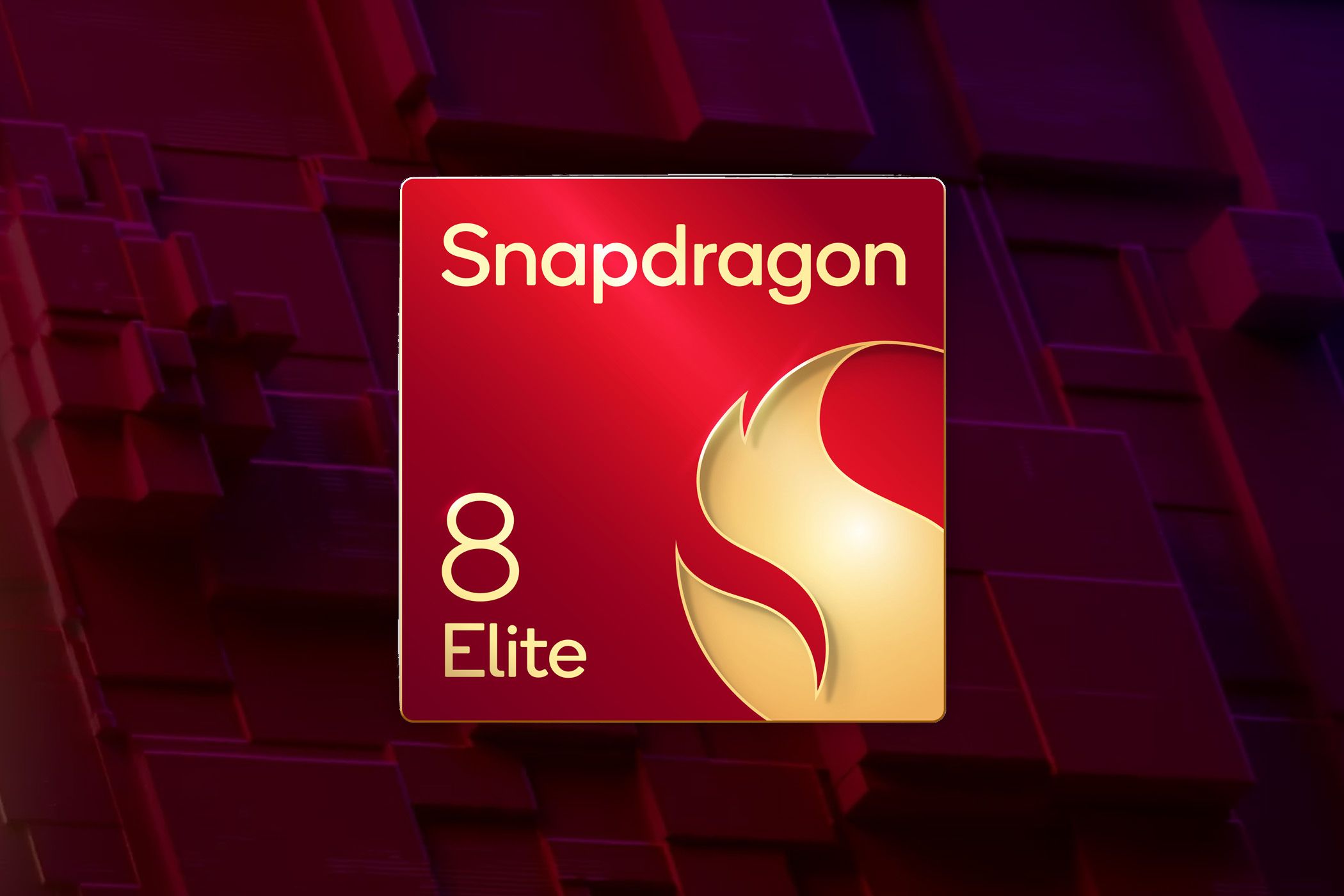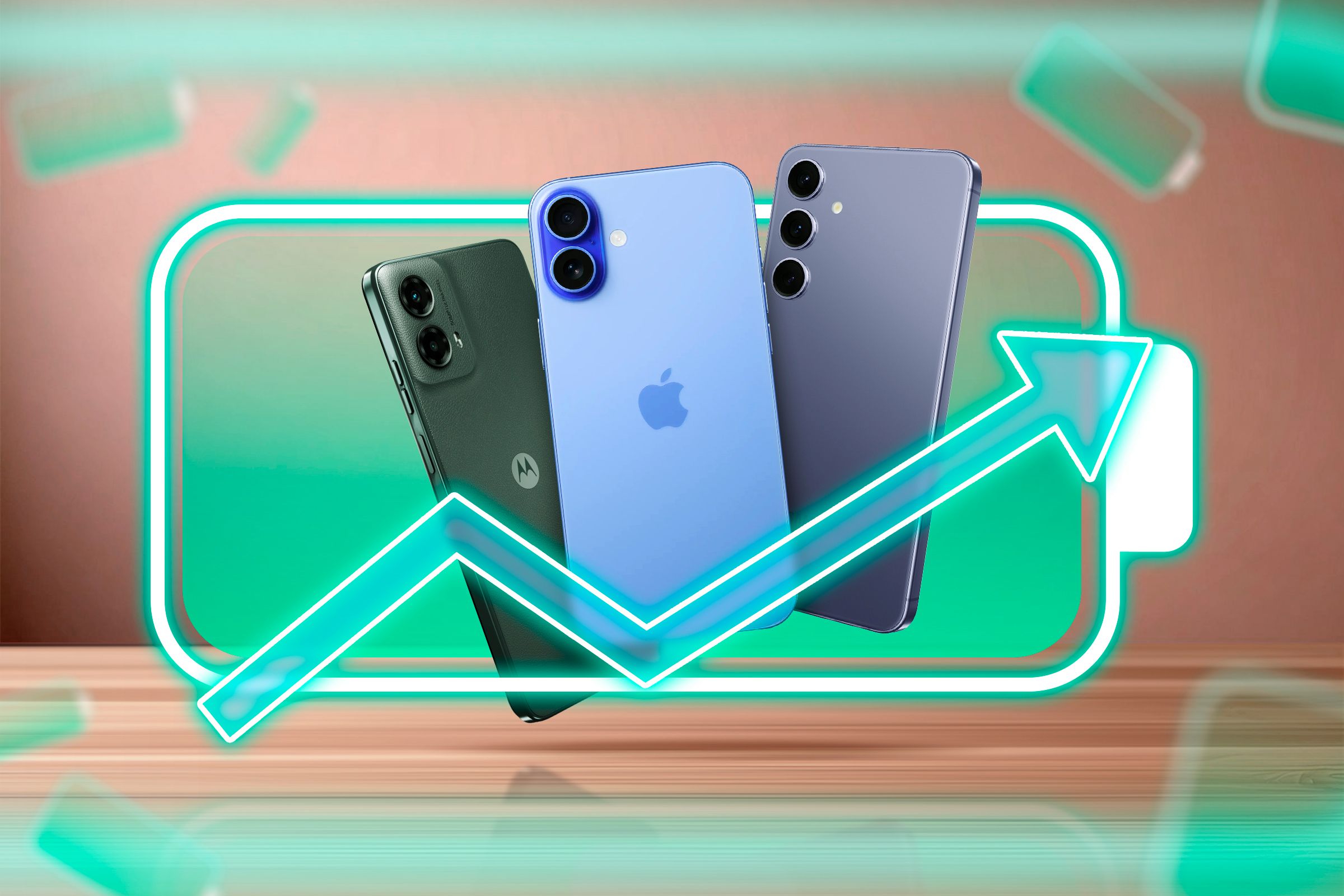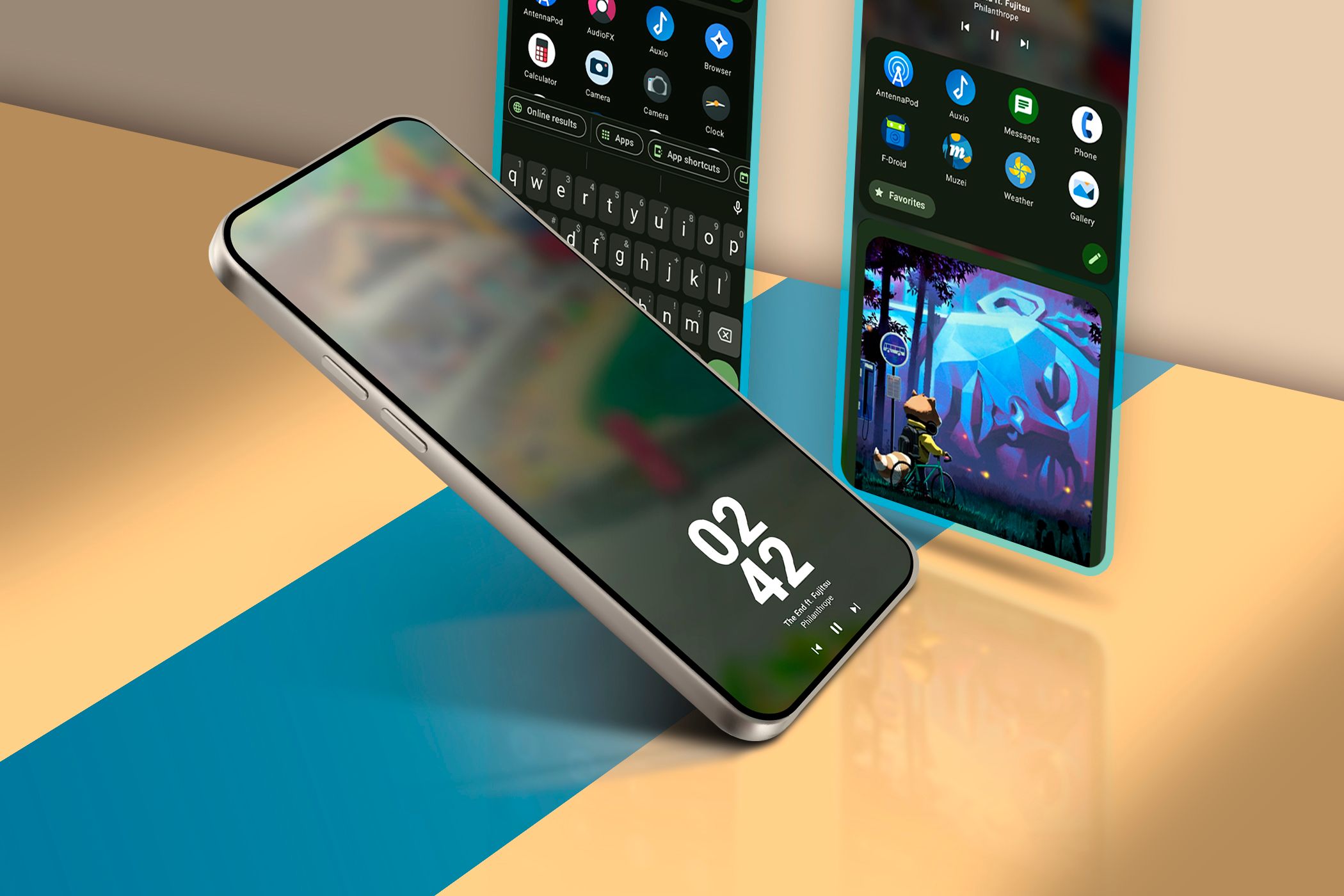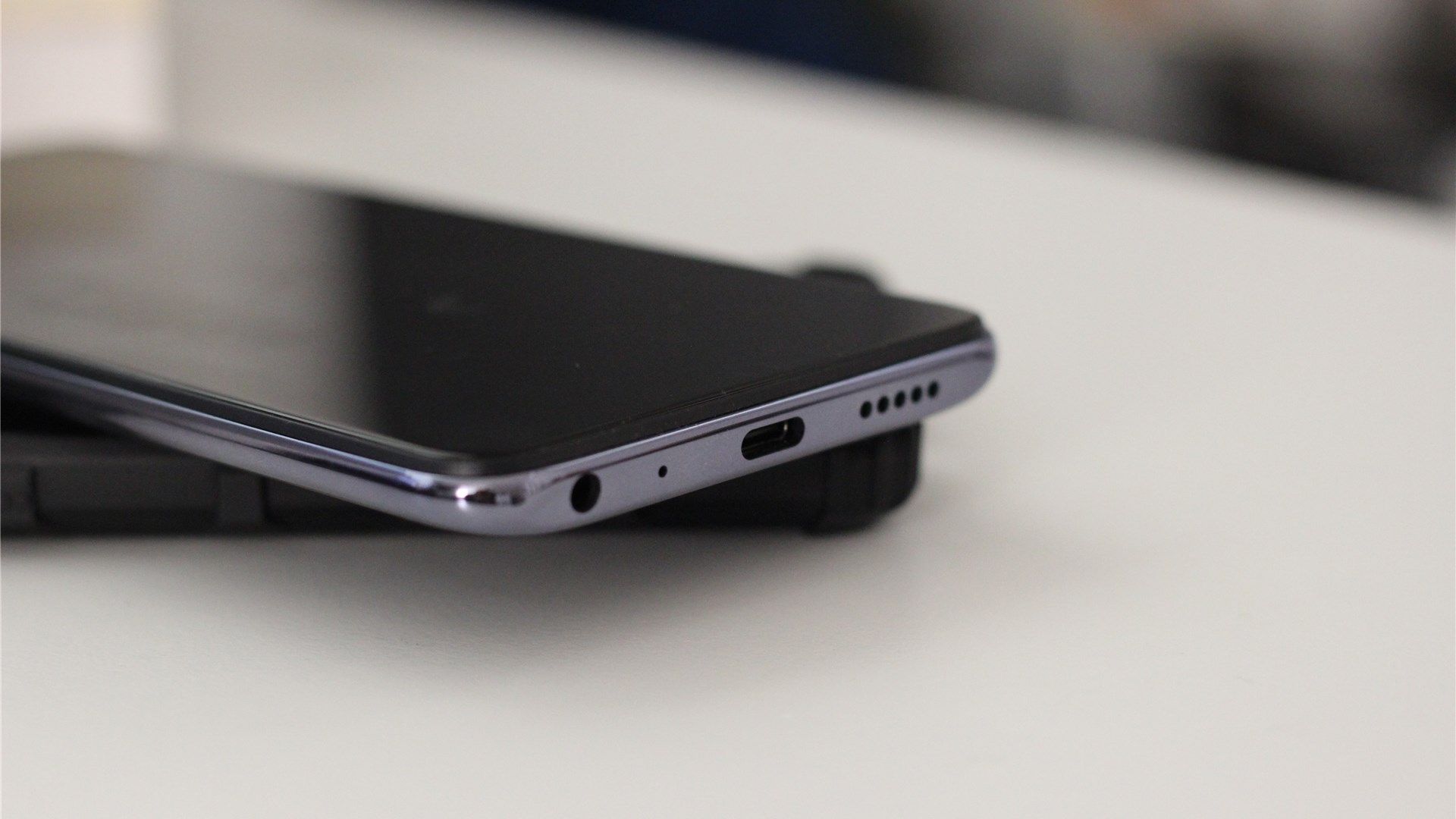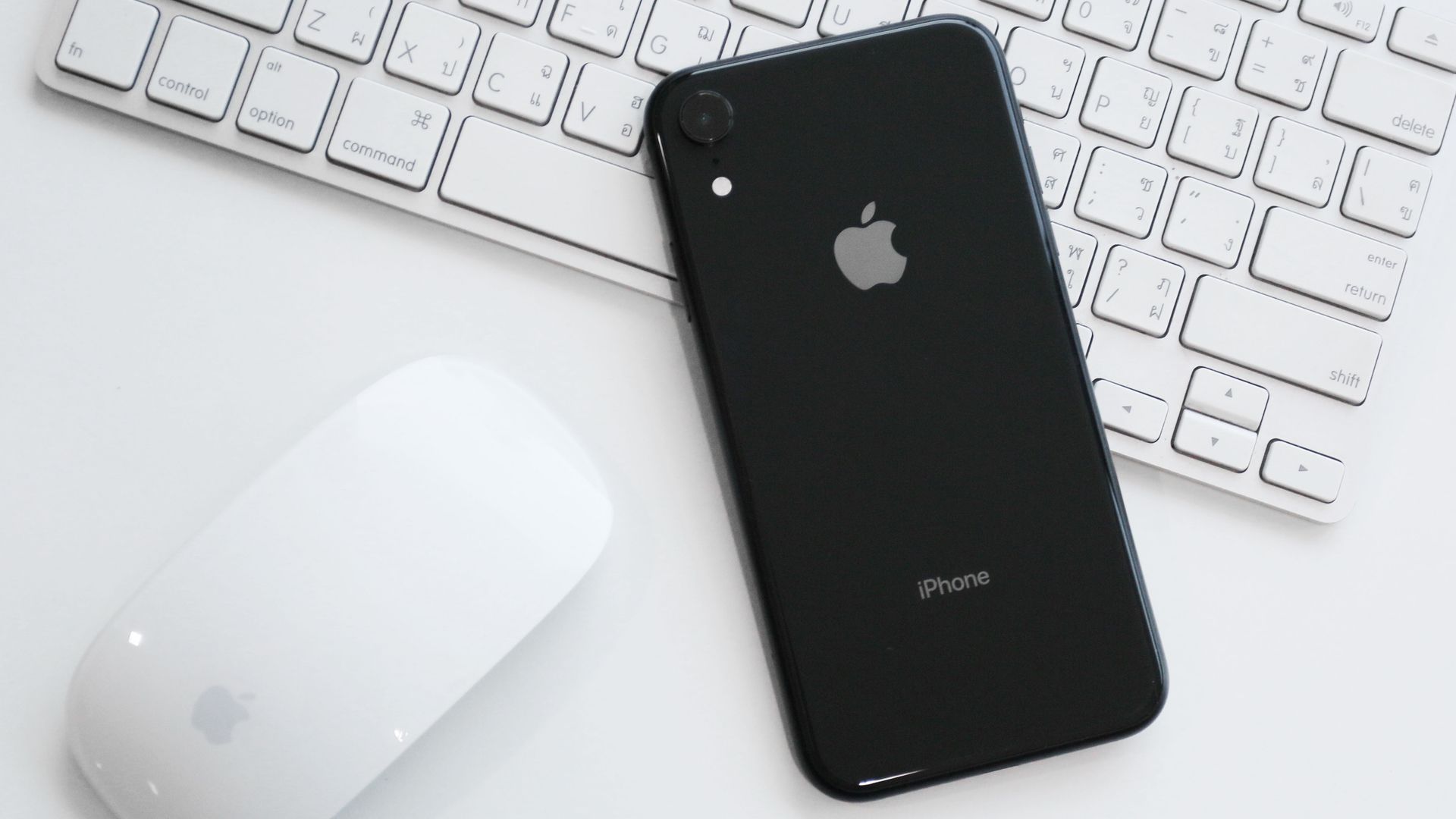Smartphones have become a bit predictable. With every flagship phone release, I find myself yearning for something more or missing something that used to genuinely excite me about using a smartphone. So, what would it take for me to feel that spark once more? Well, I’ve got a few ideas…
8
A Top-End Chipset
Only three chips would make the cut for my ideal phone: the Snapdragon 8 Elite (Gen 4), the Apple A18 Pro, and the MediaTek Dimensity 9400. But if I had to choose, I’d go with the Snapdragon. This chip runs faster and uses less power than the previous iteration (Gen 3). It delivers a 45% boost in performance and 44% better power efficiency than the last version, mostly because of its new Oryon CPU design.
The Adreno 830 GPU also deserves a shoutout. It uses a sliced architecture, which speeds up graphics rendering by 40% without draining more battery. The Hexagon NPU cranks up AI performance by 45%. This upgrade isn’t just for show—it powers features like AI-driven photography tweaks that make photos look better without much effort.
7
At Least 10 Years of Security Updates
The industry standard right now is about three to five years of security updates. That sounds decent until you realize it’s still far less than the lifespan of the hardware. Most phones can easily chug along for seven to ten years, especially as processors and RAM have become absurdly powerful. However, the lack of security updates forces people to upgrade. It’s planned obsolescence disguised as “innovation.”
And no, before you say it, this isn’t an impossible ask. Google already offers seven years on its Pixels 8 and 8 Pro and newer models. Apple routinely supports iPhones for six to eight years, and Samsung has stretched its updates to seven years as well. So why stop short of 10? If a refrigerator, a laptop, or even a basic home router can last that long, why should a smartphone—one of the most advanced pieces of consumer tech—be any different?
6
A Battery That Lasts 24 Hours on a Single Charge
My old Nokia from 2005 (Nokia 3310) could run on a full charge for a week, yet an almost $1,500 Samsung S25 Ultra can barely make it through one busy day without gasping for electrons. Manufacturers love to brag about faster charging speeds, but I’d rather not have to charge my phone so often in the first place.
Solid-state batteries could change that. These use a solid electrolyte instead of the liquid one found in lithium-ion batteries. They’re safer, more efficient, and can pack more energy into a smaller space. In other words, they could easily power a phone for 24 hours or more. But they’re expensive to produce, and manufacturers would rather stick with what’s cheap and familiar.
5
A Modding and Root-Friendly Smartphone
I miss when phones were fun. When you could tinker with them, make them your own, and push them beyond what the manufacturer intended. It feels like ages ago. These days, most smartphones are locked down tight, making it almost impossible to customize anything beyond wallpapers and widgets.
I want a phone that doesn’t just tolerate modding but encourages it. I want a phone that ships with an unlocked bootloader by default and no warranty-voiding nonsense. A phone that offers detailed documentation for developers and tinkerers, laying out every nook and cranny of its hardware and software.
The hardware should also be designed to be fixed, upgraded, and experimented on. That means standard screws instead of glue, replaceable batteries, and storage that isn’t soldered in. A phone that lets you swap out modules—like different camera sensors, custom DACs for audiophiles, or even a more powerful cooling system for mobile gaming.
That kind of phone would thrive on community innovation. Official forums where developers and users can collaborate, a firmware repository with easy access to past versions, and even manufacturer support for third-party ROMs. Maybe even an in-device toggle to switch between stock and community-built software without wiping everything.
4
The Return of the 3.5mm Headphone Jack
The headphone jack was never outdated. It didn’t suddenly stop working. It wasn’t holding back innovation. In fact, it was one of the most practical features a smartphone ever had. High-quality wired audio? Check. No latency? Check. Universal compatibility? Check.
So why did phone makers kill the jack in the first place? The official excuse was “space savings” and “better water resistance.” But I don’t think that really holds up. Plenty of phones still had room for styluses, periscope cameras, and multiple lenses. And waterproof phones with headphone jacks existed (and fared well) long before the industry decided to ax them.
I guess the real reason is money. By forcing people into the wireless ecosystem, manufacturers could sell more earbuds, more dongles, and more proprietary accessories. Some things were already perfect, and the 3.5mm jack was one of them.
3
FM Radio
I’m in my late 20s, and I remember a time when every phone in the market had an in-built FM radio. You didn’t need a data plan. You didn’t need Wi-Fi. You just plugged in your headphones (some phones didn’t even need you to), and got free music, news, and emergency broadcasts, straight from the airwaves. It was simple and reliable. And then, slowly, manufacturers started ripping it away.
I can’t help but feel like we’ve been robbed of something so simple yet so valuable. Bringing back FM radio on smartphones wouldn’t cost manufacturers a dime, but it could mean everything to me, who wants a little more independence from the internet.
2
An IR Blaster for Universal Remote Control Functionality
I used to own a Xiaomi Redmi Note 9 Pro about five years ago, and I’d argue that the IR blaster was one of the most underrated features ever to grace a phone. During the time I had it, I hardly used the remote controls for any of my appliances at home, and I’m not just talking about TVs—I’m talking about air conditioners, projectors, sound systems—basically, anything that uses an infrared remote.
That’s a level of convenience that no smart home app can match. If you ask me why, it’s because it doesn’t depend on Wi-Fi, Bluetooth, or even an internet connection. And it works fast. I miss that simplicity, and if you’ve ever used a phone with one, I bet you do, too.
1
A Great Camera With Only One Lens
I consider the iPhone XR camera quite good. It had just one camera on the back, and it took great photos without needing a bunch of extra lenses. But today, every new flagship phone boasts three, four or even five cameras, each claiming to do something special.
I’d rather have one amazing camera sensor that does it all. A single, high-quality sensor with the best image processing software could potentially outperform this multi-lens craze. Fewer lenses would also mean a slimmer phone design—no more camera bumps big enough to make your phone wobble on a table. With just one lens to focus on, manufacturers could pour all their resources into perfecting that one sensor—better hardware, smarter software, and fewer gimmicks.


